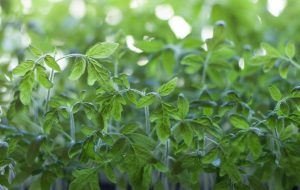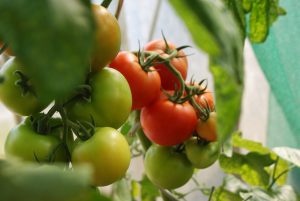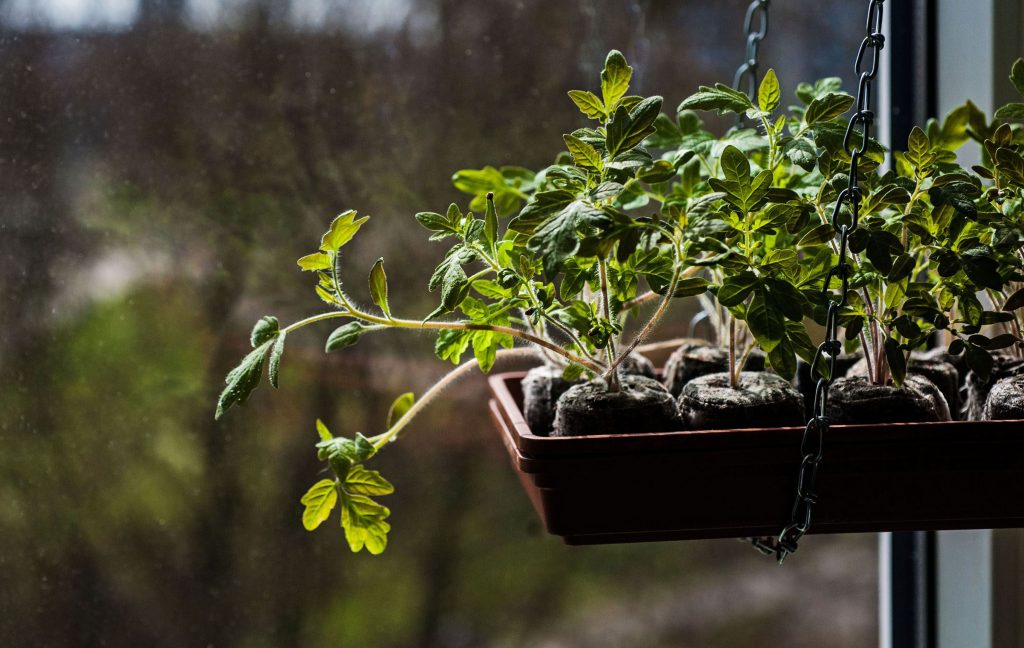Tomato bonsai is a unique and fascinating way to grow tomatoes. It involves the art of bonsai, originating in Japan and growing miniature trees in containers. With tomato bonsai, a tomato plant is grown and pruned to resemble a miniature tree, creating an eye-catching and functional piece of greenery for your home or garden.
Bonsai has a long and rich history, dating back over a thousand years in China and Japan. Initially developed for aesthetic and spiritual purposes, bonsai became famous for showcasing the grower’s skill and artistry. Today, bonsai has become a popular hobby worldwide, with many people enjoying the challenge and satisfaction of growing these miniature trees.
Growing tomato bonsai can offer several benefits, including fresh, flavorful tomatoes in a small space. Tomato bonsai can also be a fun and rewarding way to explore the art of bonsai, allowing you to experiment with different shapes and styles. However, growing tomato bonsai can also present several challenges, including proper pruning, watering, fertilization, and risk of pests and diseases.
By understanding the definition of tomato bonsai, the history of bonsai, and the benefits and challenges of growing tomato bonsai, you can start on your journey to creating your miniature tomato tree. The following sections will provide detailed guidance and tips to help you get started and maintain a healthy and productive tomato bonsai.
Contents
Getting Started with Tomato Bonsai
Growing tomato bonsai can be a rewarding and enjoyable experience, but it’s important to get started on the right foot. Here are some tips to help you choose the right tomato plant, container, soil, and more.
Choosing the Right Tomato Plant
When selecting a tomato plant for bonsai, choosing a compact and bushy variety with small to medium-sized fruit is important. Good choices include cherry tomatoes, grape tomatoes, and Roma tomatoes. Look for plants with a healthy, vibrant appearance, and avoid any that show signs of disease or insect damage.
Selecting a Container and Soil
The container you choose for your tomato bonsai should be shallow and wide, with good drainage. Bonsai pots are a good choice, but you can also use other containers, such as ceramic pots, plastic containers, or wooden boxes. The soil should be a well-draining mix of potting soil, perlite, and sand, with a slightly acidic pH level.
Tips for Pruning and Training the Plant
To create the bonsai shape, you must regularly prune your tomato plant. Start by removing the lower branches to create a clear trunk, then prune the upper branches to create the desired shape. You can also use wires or stakes to help train the plant into the desired shape. Be careful not to prune too much at once, as this can stress the plant and slow its growth.

Proper Sunlight and Watering Requirements
Tomato bonsai plants need plenty of sunlight to thrive, so choose a sunny location for your plant. Water your tomato bonsai regularly, but be careful not to overwater. The soil should be moist but not waterlogged, and it’s important to let the soil dry out slightly between watering to prevent root rot.
By following these tips for choosing the right tomato plant, container, soil, and more, you can get started on the path to growing a healthy and productive tomato bonsai. The following section will explore tips for maintaining your tomato bonsai and keeping it healthy and thriving.
Maintaining Your Tomato Bonsai
Once you’ve got your tomato bonsai up and growing, keeping it healthy and productive is important. Here are some tips for fertilizing your plant, dealing with pests and diseases, and avoiding common mistakes and pitfalls.
Fertilizing Your Plant
Tomato bonsai plants need regular fertilization to grow and produce fruit. You can also add organic matter to the soil to improve its nutrient content.
Dealing with Pests and Diseases
Tomato bonsai plants can be susceptible to various pests and diseases, including spider mites, aphids, and fungal diseases like powdery mildew. Keep an eye on your plant and watch for any signs of infestation or disease, such as yellowing leaves or distorted fruit. You can use natural remedies such as neem oil or insecticidal soap to control pests and fungicides to control diseases.
Avoiding Common Mistakes and Pitfalls
One common mistake when growing tomato bonsai is over-pruning, which can stress the plant and slow its growth. Another common mistake is over-watering, leading to root rot and other problems. It’s essential to carefully monitor your plant and provide the right amount of water, sunlight, and nutrients. Be patient, and don’t expect your tomato bonsai to grow and produce fruit overnight – it takes time and effort to cultivate a healthy and productive plant.
You can maintain a healthy and productive tomato bonsai by following these tips for fertilizing your plant, dealing with pests and diseases, and avoiding common mistakes and pitfalls. The following section will explore tips for harvesting your tomato bonsai and using its delicious fruit in cooking and recipes.
Harvesting Your Tomato Bonsai
Harvesting your tomato bonsai can be a satisfying and delicious experience. Here are some tips for knowing when and how to harvest your tomatoes and some suggestions for using them in cooking and recipes.
When and How to Harvest Your Tomatoes

Tomatoes are ready to harvest when they are fully ripe and have reached their mature color. This means cherry tomatoes will be deep red or yellow, depending on the variety. To harvest your tomatoes, gently twist them off the vine or use clean, sharp scissors to snip them off. Be careful not to damage the plant or its stems.
Suggestions for Using Your Tomatoes in Cooking and Recipes
Tomatoes are a versatile and delicious ingredient in various recipes, from salads and sandwiches to soups and sauces. Here are some suggestions for using your tomato bonsai harvest in cooking and recipes:
- Add cherry tomatoes to a simple salad with fresh greens, crumbled feta cheese, and a tangy vinaigrette.
- Roast grape tomatoes with garlic, olive oil, and fresh herbs for a flavorful side dish or pasta topping.
- Make a quick and easy tomato sauce by blending Roma tomatoes with garlic, olive oil, and salt.
- Top a homemade pizza with sliced cherry tomatoes, fresh basil, and mozzarella cheese.
- Dice fresh tomatoes and toss them with cucumber, red onion, and feta cheese for a refreshing Greek salad.
With a bit of creativity, the possibilities for using your tomato bonsai harvest in cooking and recipes are endless. Experiment with different flavors and ingredients to create delicious and healthy meals.
Tomato bonsai
In this article, we’ve explored the world of tomato bonsai and the benefits and challenges of growing this unique and rewarding plant. We’ve learned about the history and origins of bonsai, as well as the tips for choosing the right plant, container, soil, pruning, training, and maintaining your tomato bonsai. We’ve also discussed when and how to harvest your tomatoes and provided suggestions for using them in cooking and recipes.

Growing tomato bonsai can be a fulfilling and enjoyable experience for gardeners of all skill levels. By cultivating a healthy and productive plant, you can enjoy the fresh and delicious fruit that comes with it. However, growing tomato bonsai also comes with challenges, such as pests, diseases, and environmental factors that can impact your plant’s growth and productivity.
Despite these challenges, we encourage you to give tomato bonsai a try. With patience, perseverance, and knowledge, you can grow a healthy and productive plant that yields delicious and flavorful fruit. Remember to follow the tips and suggestions in this article, and don’t be afraid to experiment and try new things.
More Posts :
How Long Do Thinx Last: The Amazing Guide with 5 tips
Mastering Thavnairian Onion Grow Time in 2023





